By 1308 Alonso Pérez de Guzmán was a very wealthy man. His loyalty had been tried and tested and his prowess in battle was legendary. Noblemen were expected to be able to raise an army from their own lands and lead them into battle. Each lord and landowner had a duty to donate fighting men and arm and feed them should their duke require it. King Ferdinand and his mother feared other invasions from Africa. They held Tarifa, but the real danger was from an army landing at the now Nasrid held ports of Gibraltar or Algeciras. Since the reign of Alfonso X, these two ports had held the key to defending Christendom.
In late 1308, at Alcalá de Henares, King Ferdinand IV of Castile and the ambassadors from the Crown of Aragon, agreed to the terms of a new treaty. Ferdinand, supported by his brother, Pedro de Castilla y Molina, the archbishop of Toledo, the bishop of Zamora, and Diego López V de Haro agreed to wage war against the Caliphate of Granada. The previous treaty between Granada and Castile was set to expire at the end of June 1309, and Ferdinand, instigated a new round of war against the Moors. To avoid the possibility of betrayal, it was also agreed that James II of Aragon would not be allowed to sign a separate peace accord with the Emir of Granada, and that a combined Aragonese-Castilian navy would be formed to support the siege. It was also agreed that James II would simultaneously launch an attack on Almaria, giving the Nasrids two fronts to defend. On 29 April 1309, Pope Clement V issued the papal bull Prioribus decanis which officially conceded to Ferdinand IV one 10th of all clergy taxes collected in his kingdoms for three years to aid in financing the campaign against Granada.
In return, Ferdinand IV promised to cede one sixth of the conquered Granadan territory to the Aragonese crown. Some of the king’s nobles were not happy with this arrangement, notably John, the Traitor of Tarifa. After the signing of the treaty, the kingdoms of Castile and Aragon sent emissaries to Pope Clement V to give the enterprise the official stamp of Holy Crusade. In 1309, for the very first time, the Cortez was held in Madrid, where King Ferdinand declared war on the Caliphate of Granada and requested that his dukes assemble their armies. John of Tarifa was to assist with the siege of Algeciras along with his son.
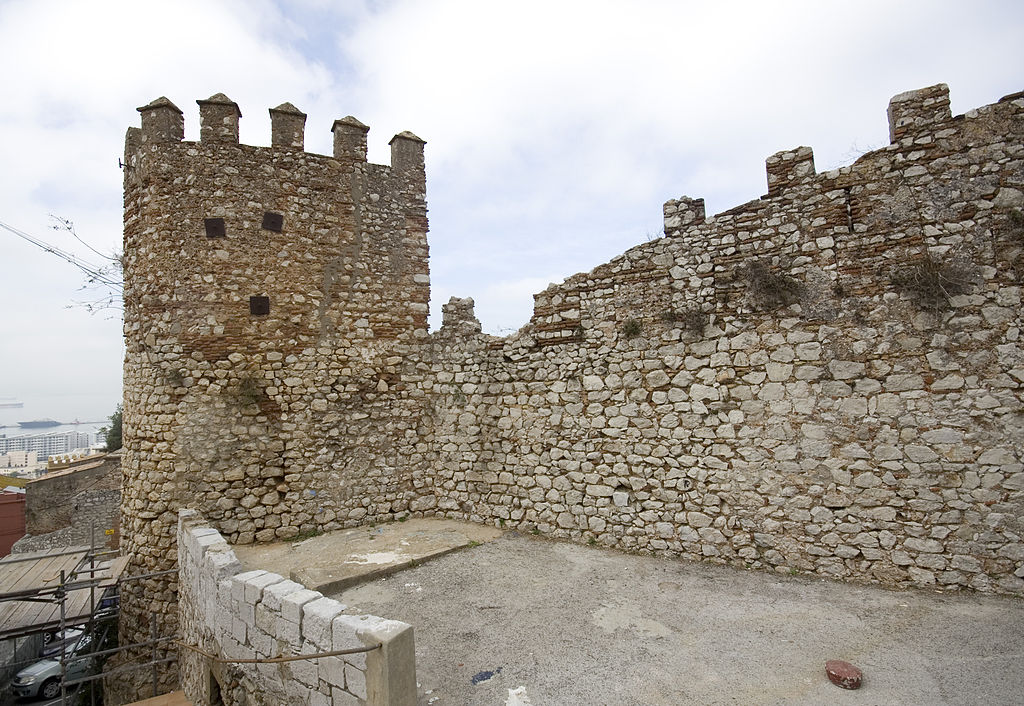 Old Moorish battlements above Gibraltar.
Old Moorish battlements above Gibraltar.
Guzmán was assigned to the siege of Gibraltar along with Juan Núñez II de Lara, the Archbishop of Seville and Garci López de Padilla, the grand master of the Order of Calatrava. Their troops were drawn from the militia councils of Seville and noblemen of that city. In The Chronicles of Ferdinand IV the historian writes that Guzmán spent some weeks at the beginning of the siege building two low stone towers on which he placed engeños. It’s not clear what these weapons were, but it’s entirely possible that Guzmán was using cannons for the first time in Europe. The defenders lasted a few weeks before they were forced to surrender the city. Guzmán and Lara allowed the Moors to leave unharmed, ending a Muslim occupation of Gibraltar that had lasted 600 years. King Ferdinand ordered the rebuilding of the fortifications of Gibraltar and the building of a new dock where ships could be repaired.
Meanwhile, the siege of Algeciras was dragging on without success. The siege had begun in July, but before long, so many men and horses in one place made the living conditions in the Christian camp appalling. The River Andarax became little more than an open sewer, and as the summer turned to autumn, torrential rain turned their camp into a quagmire. King Ferdinand was late in paying his troops, and John of Tarifa incited a rebellion. Five hundred knights led by John, and backed by Alfonso de Valencia, Don Juan Manuel and Fernán Ruiz de Saldaña deserted. The news of this betrayal spread throughout Castile and provoked indignation. James II of Aragon rode after John to try to persuade him to return and fight, but John refused all pleas.
King Ferdinand still had the support of Guzmán, Juan Núñez II de Lara, and Diego Lopez V de Haro and they agreed to continue the siege, but money was running short, and King Ferdinand was forced to sell his wife’s jewellery to pay his troops. They were reinforced by large army sent by Felipe de Castilla y Molina and another sent by the Archbishop of Santiago de Compostela, who arrived at the head of 400 knights and a great number of foot-soldiers.
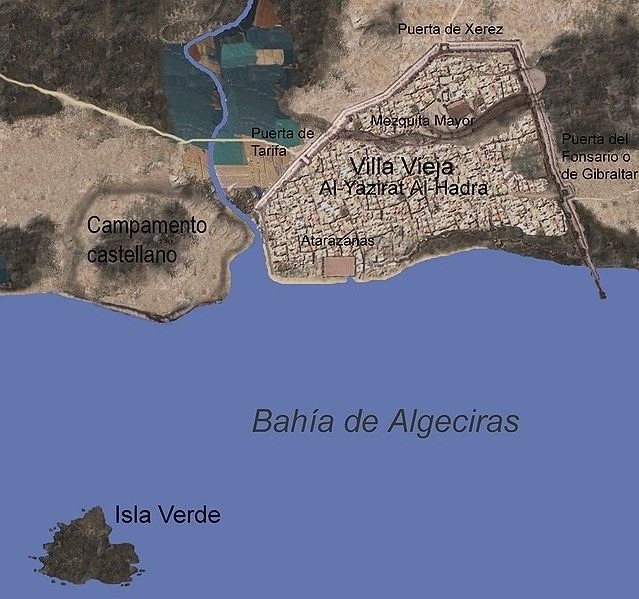
Guzmán moved to the mountains north of Algeciras where the Nasrids were attacking the besieging army, and it was whilst he was pursuing a group of enemy troops near the town of Gaucin that he was mortally wounded by an arrow.
His body was brought back to Seville by his troops, who marched as a guard of honour. He was interred in the Monastery of San Isidoro del Campo overlooking the river Guadalquivir just outside Seville, near to the Roman town of Itálica. He and his wife had prepared their own last resting place in 1301 by converting and renaming an old Moorish mosque and establishing a monastery there. It was named after a canonised bishop of Seville. Later, A second nave was added to the original, and the monastery gained the less formal name of Los Gemelos. (The twins) Alonso’s son, Juan, now took on his father’s title, and it was Juan who had the body of his father buried on the left side of the alter, and much later, his mother on the right.
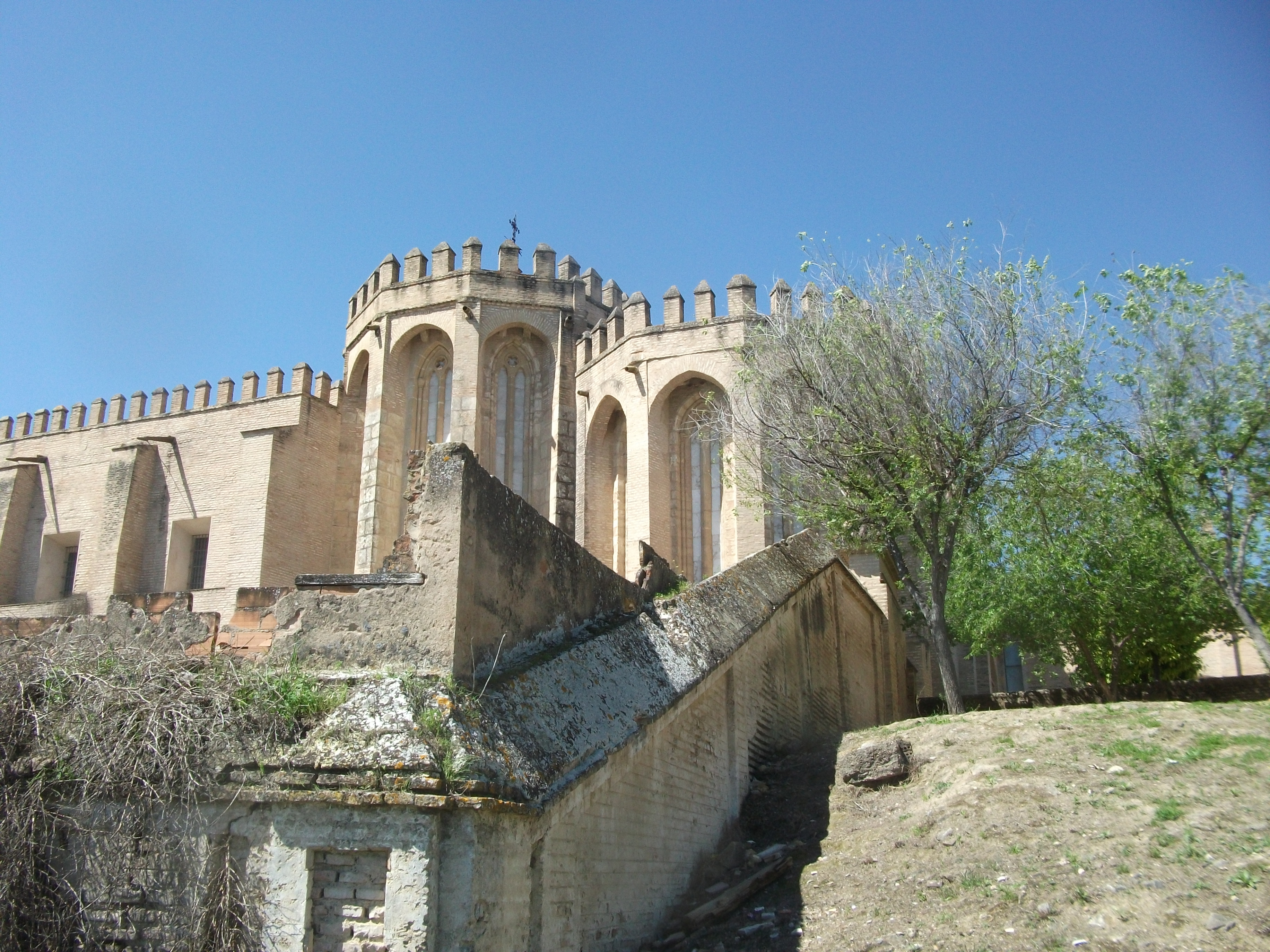
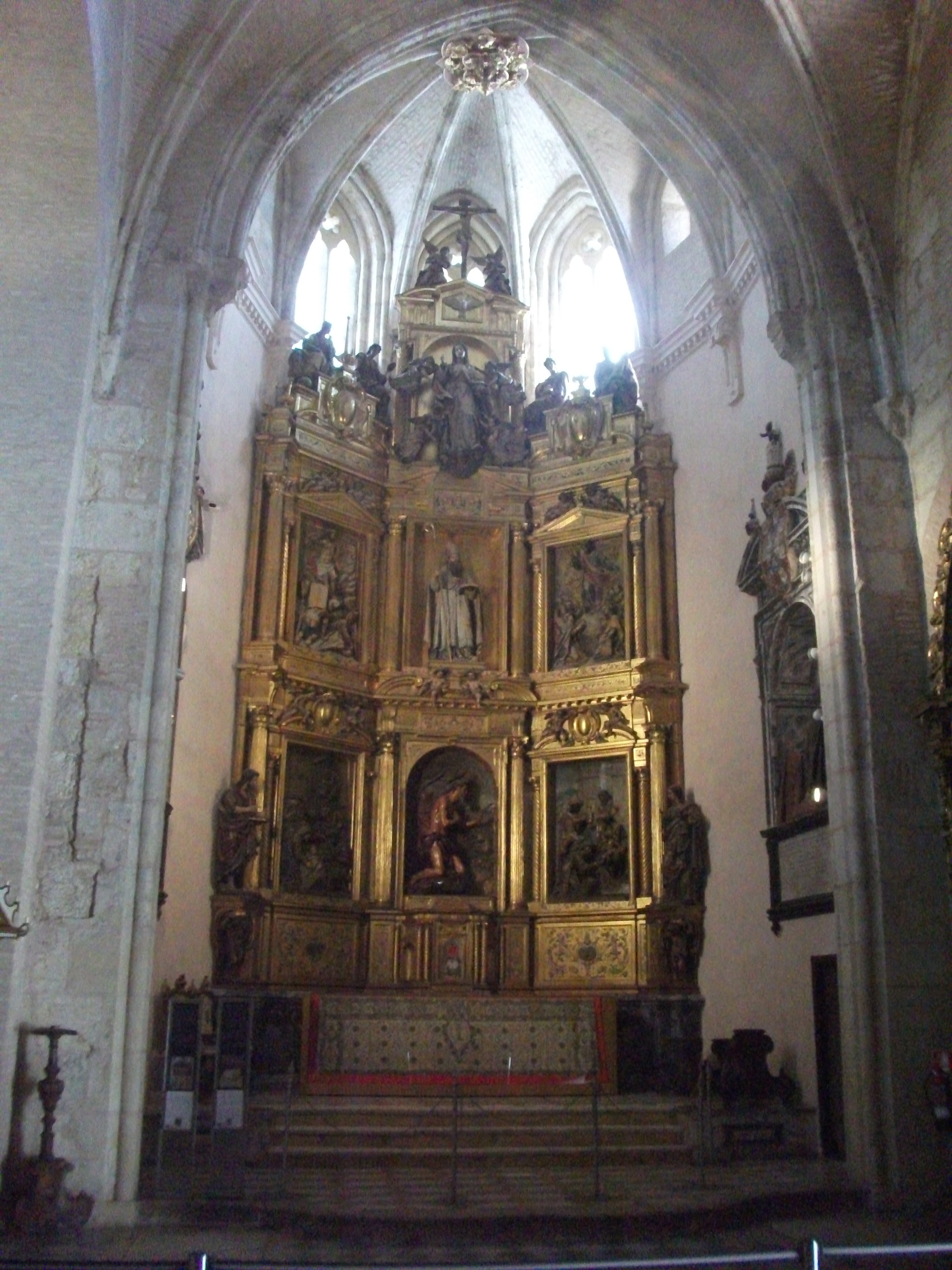
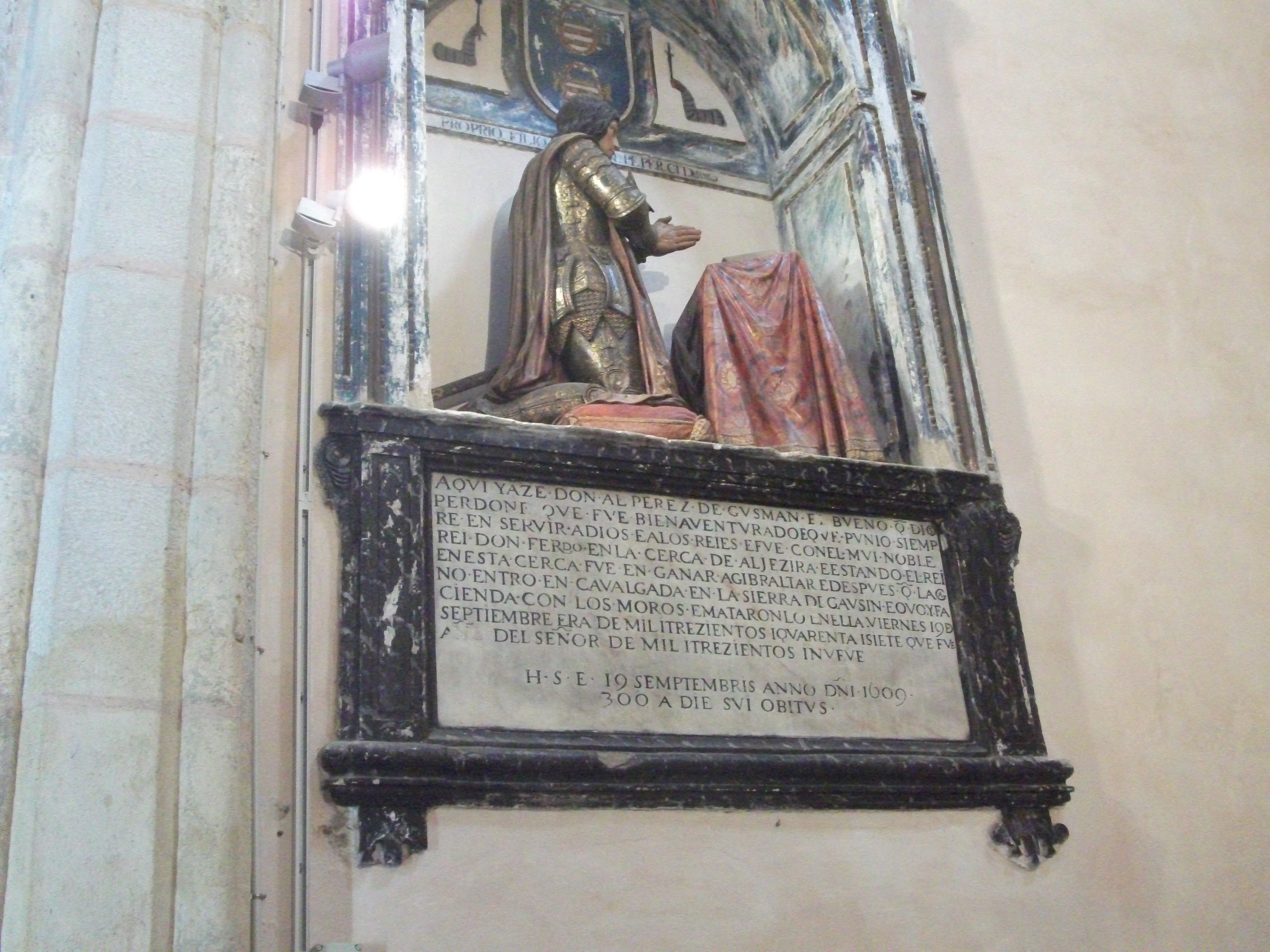
With the Caliphate of Granada and the Kingdom of Castile nearly bankrupted by the campaign, both sides signed another peace treaty, the terms of which were heavily in favour of the Christians. The emir had lost the respect of his troops and generals by agreeing to the Christian demands, and when he discovered a plot to have him assassinated, he quickly returned to Granada. He found that he was equally unpopular there, and his brother, Nasr Abul Geoix, had installed himself as emir. Muhammed III was made to watch his prime minister murdered and his palace plundered. He abdicated in favour of his brother shortly afterwards.
Things were not much better in Gibraltar. Conquered towns were difficult to repopulate and when the Moors left, the town was virtually empty of people. The king appointed Alfonzo Fernando de Mendoza as governor, but a year after it had been captured it was still unoccupied and useless as a port. Ferdinand offered incentives for people to move into the town. One of the incentives was that:
All swindlers, thieves, murderers and wives escaped from their husbands could have refuge in the city and be free of any prosecution from the law, including the penalty of death. (although this last provision did not extend to traitors to the crown.) He also abolished all duties on goods passing in or out of the port. The lifting of prosecution laws was to be used again throughout the repopulation of the rest of al-Andalus, and the kind of people who trickled into Gibralter dissuaded other honest traders and families from settling there. These rejects from society became known as Homicinos, and they began to fill the empty towns as the Moors were expelled.
There was one last casualty to this war. In the terrible conditions of the siege of Algeciras, Diego Lopez V de Haro had become ill and subsequently died. He was the current Lord of Biscay, and John, the traitor of Tarifa and Algeciras, who had long coveted this title, was able to install his wife as Lady of Biscay. But John’s ambition was to be his undoing when he led Christian forces on the next round of the reconquest of Iberia.